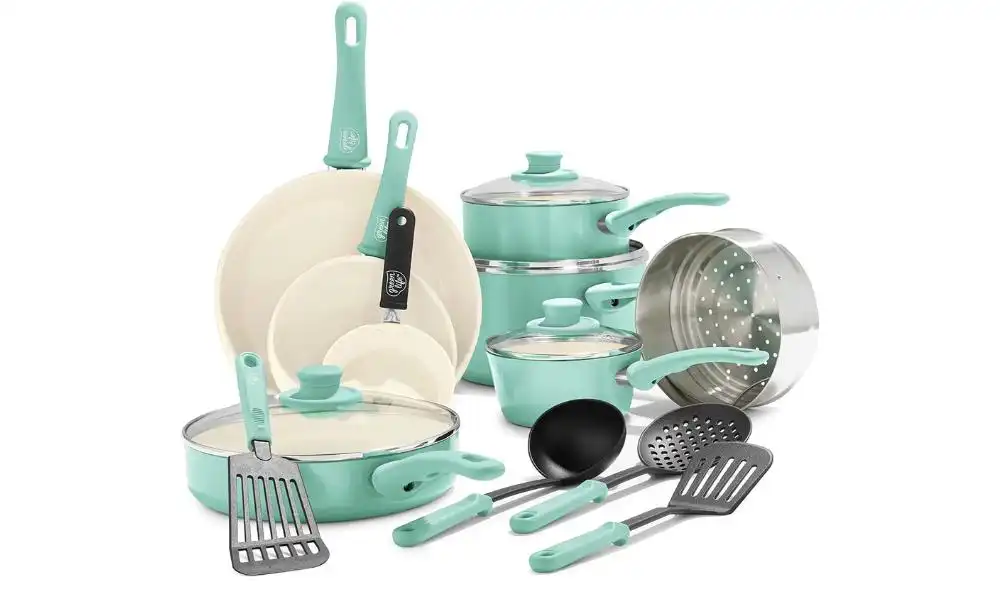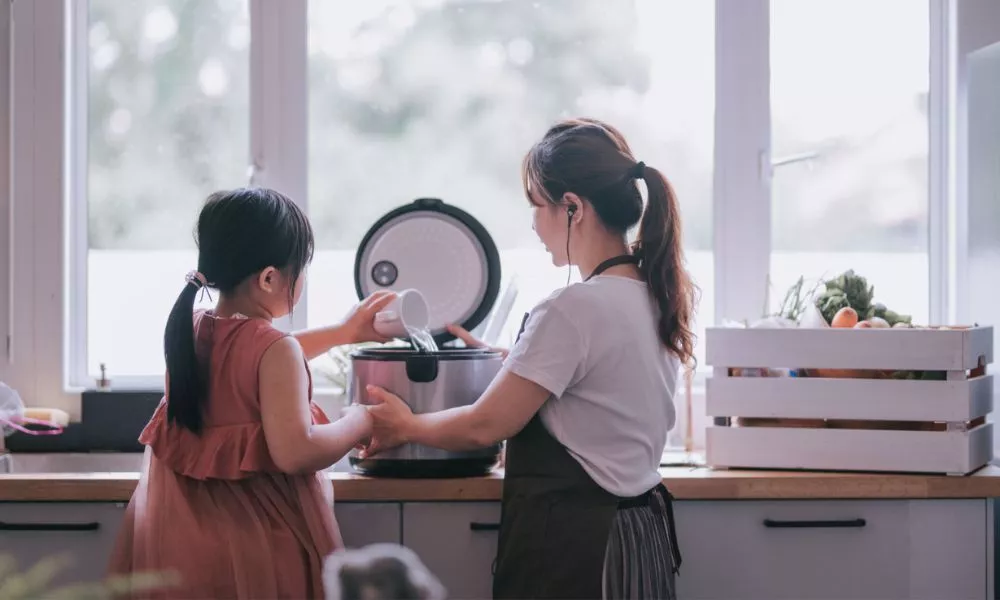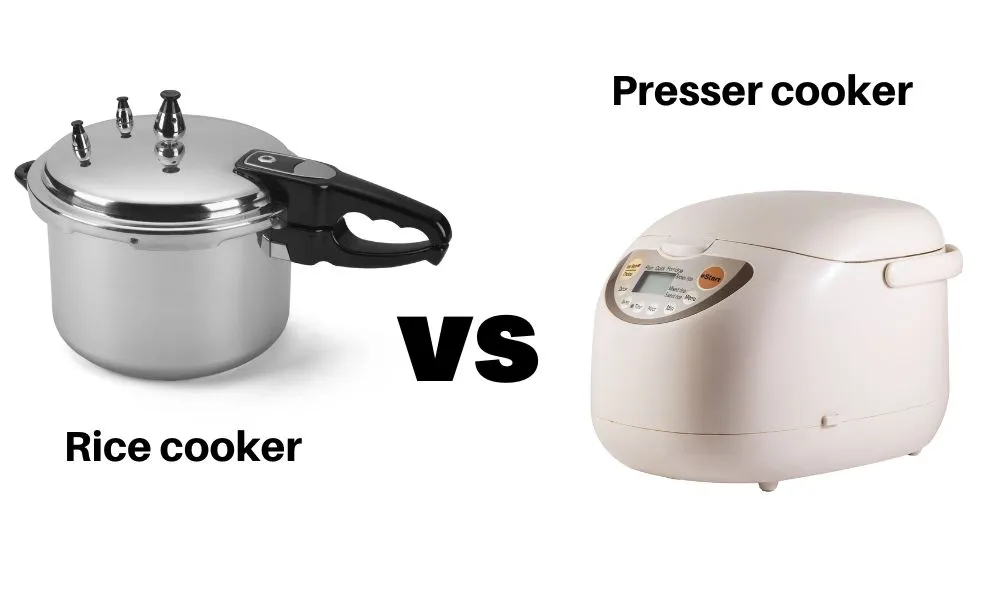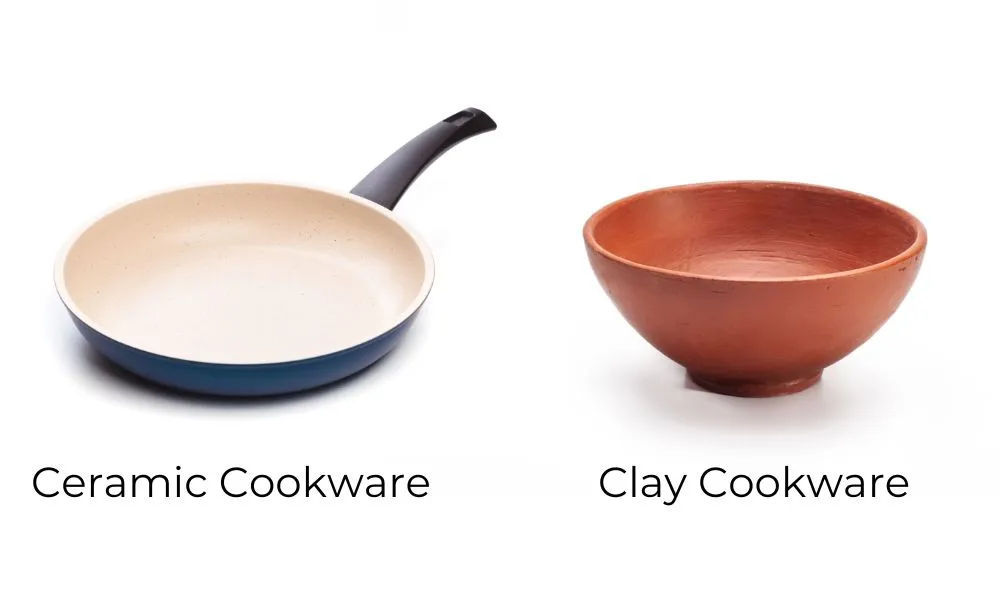DIY Ceramic Cookware is an excellent way to customize your kitchen setup while also ensuring that you’re using safe and healthy cookware. Ceramic pots and pans are free of toxic chemicals found in traditional non-stick coatings, making them a popular choice among health-conscious individuals. But purchasing ceramic cookware can come with a hefty price tag, making it out of reach for some. That’s where DIY ceramic cookware comes in – it allows you to create custom pieces tailored to your specific needs at a fraction of the cost. In this article, we’ll explore the process of creating your own ceramic cookware from scratch.
Table of Content
Benefits of using ceramic cookware
Due to its many advantages, ceramic cookware has grown in popularity over the years. The fact that ceramic cookware is non-toxic—i.e., devoid of any dangerous chemicals that could contaminate your food is one of its most important benefits. Ceramic cookware is also environmentally beneficial because it is composed of natural resources and does not cause pollution. Additionally, ceramic cookware effectively disperses heat, enabling constant cooking and lowering the possibility of hot patches that can burn your food.
Why DIY ceramic cookware?
DIY ceramic cookware is a fantastic method to customize your cookware unique to your needs and style. Additionally, it allows you to customize your cookware’s size and shape to suit your cooking preferences. Creating your own ceramic cookware is a creative and entertaining pastime that individuals of all ages can do.
Choosing the right clay
Choosing the right type of clay is essential when making ceramic cookware. There are several types of clay to choose from, including earthenware, stoneware, and porcelain. Each type of clay has its own unique properties and requires different firing temperatures. Earthenware clay is the most common type of clay used for ceramic cookware and is best suited for low-temperature firing. Stoneware and porcelain clays, on the other hand, require higher firing temperatures and are better suited for more durable and robust cookware.
Making the ceramic cookware
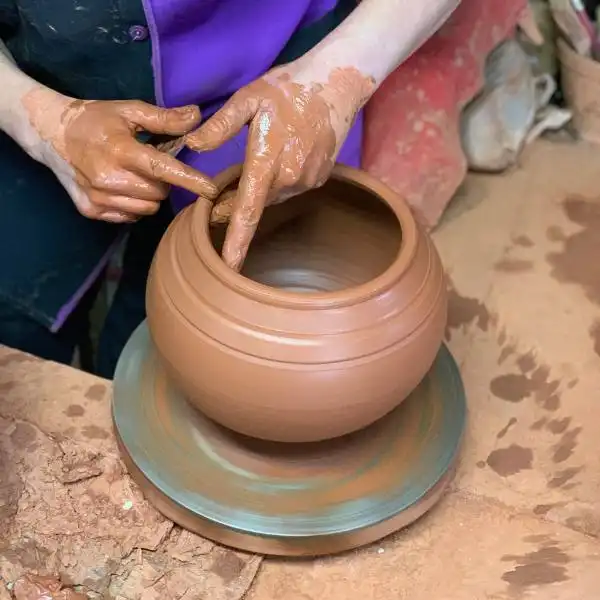
The process of making ceramic cookware involves several steps, including wedging, shaping, and drying the clay. The first step is to wedge the clay to remove any air pockets and ensure that it is pliable and consistent. Next, the clay is shaped into the desired form using various techniques such as throwing on a pottery wheel, hand-building, or using molds. To prevent cracking, you need to dry the shaped clay slowly.
Firing the ceramic cookware
Firing the ceramic cookware is an essential step in the process, as it transforms the clay into a hardened and durable material. The firing process involves heating the clay at a high temperature in a kiln. The firing temperature depends on the type of clay used and the desired finish of the cookware. To prevent cracking, you need to cool the cookware slowly after firing it.
Glazing the ceramic cookware
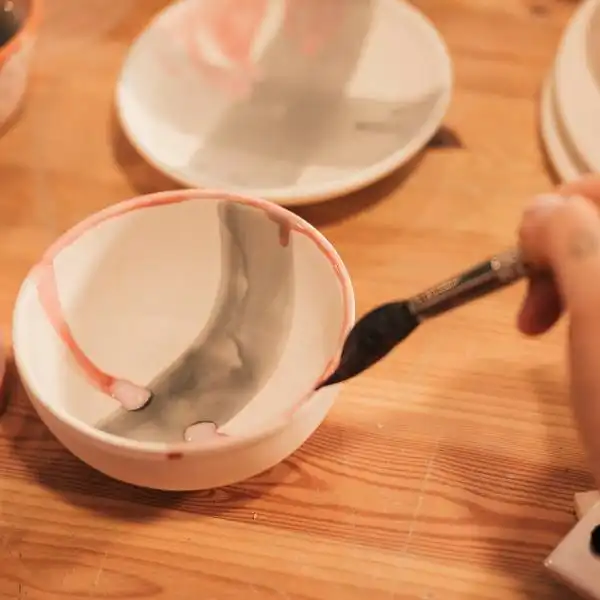
Glazing the ceramic cookware is an optional step but can provide several benefits, such as creating a non-stick surface and adding decorative elements. Before firing, people apply Glaze as a liquid coating to the surface of the cookware. Glazes come in many colors and finishes, and choosing the appropriate one can improve cookware functionality and beauty.
Caring for your ceramic cookware
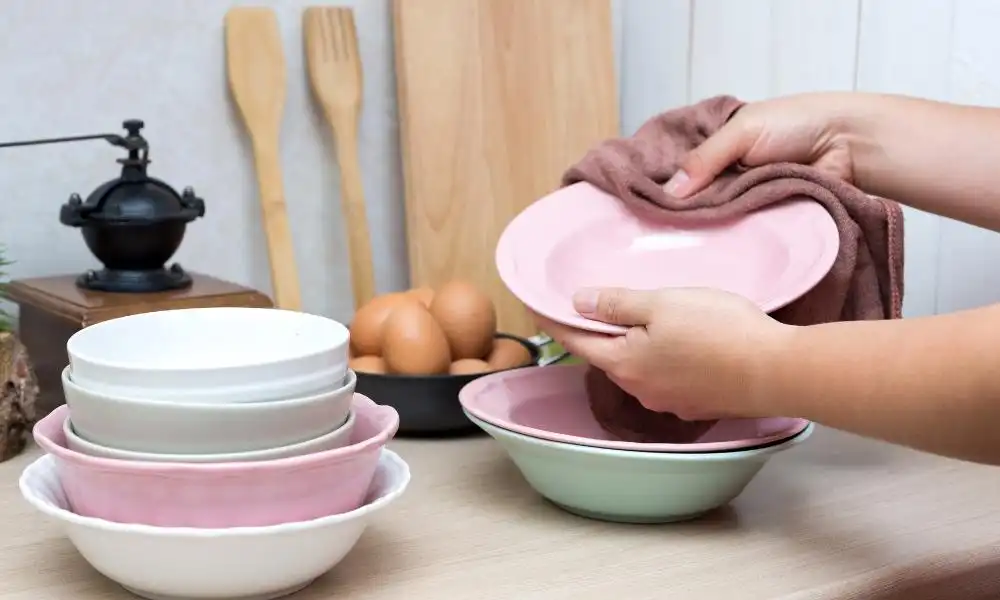
Proper care is essential to ensure the longevity and functionality of your ceramic cookware. You should hand-wash ceramic cookware using mild soap and warm water. Avoid harsh chemicals and abrasive materials as they can damage the surface of the cookware. Store ceramic cookware carefully to prevent chipping or cracking.
Cooking tips and tricks
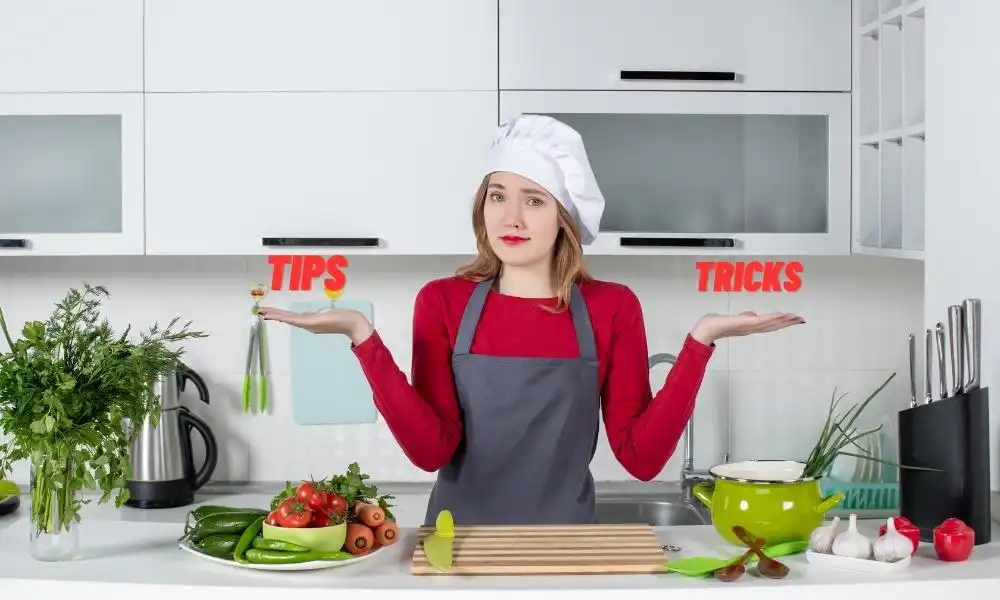
Compared to using other types of cookware, using ceramic cookware necessitates a few modifications. Preheat the cookware before adding the food because ceramic cookware heats up more slowly than metal cookware. It’s crucial to remove ceramic cookware from the heat source as soon as it reaches the desired temperature, considering its excellent heat-conducting properties. To prevent burning and sticking, cook the food more slowly and at a lower heat setting.
People Also Ask:
- ways to cook on ceramic cookware
- types of ceramic cookware
- ceramic cookware cooking tips
- Ceramic Cookware Techniques
- ceramic cookware dos and don’ts
- ceramic cookware mistakes
- Ideas for Using Ceramic Cookware
Conclusion
Finally, creating your own ceramic cookware may be enjoyable and satisfying. It not only gives you the choice to customize your cookware, but it also offers a healthy and environmentally responsible method of cooking. You may master the art of cooking with DIY ceramic cookware by following the instructions in this article and adopting some of the tips and tricks offered.
FAQs
Can I use my ceramic cookware on an induction cooktop?
Not all ceramic cookware is compatible with induction cooktops. Look for ceramic cookware that has a magnetic base to ensure compatibility with induction cooktops.
Is ceramic cookware safe to use?
Yes, ceramic cookware is safe to use, as it does not contain any harmful chemicals that can leach into your food.
How often should I reapply the glaze on my ceramic cookware?
The frequency of reapplying glaze depends on how often the cookware is used and how well the glaze has held up over time. To maintain the non-stick surface and appearance of the cookware, experts generally recommend reapplying glaze every 6-12 months.
Can I use metal utensils with my ceramic cookware?
Using metal utensils with ceramic cookware can scratch the surface of the cookware. It’s best to use non-metallic utensils, such as silicone or wooden utensils.
